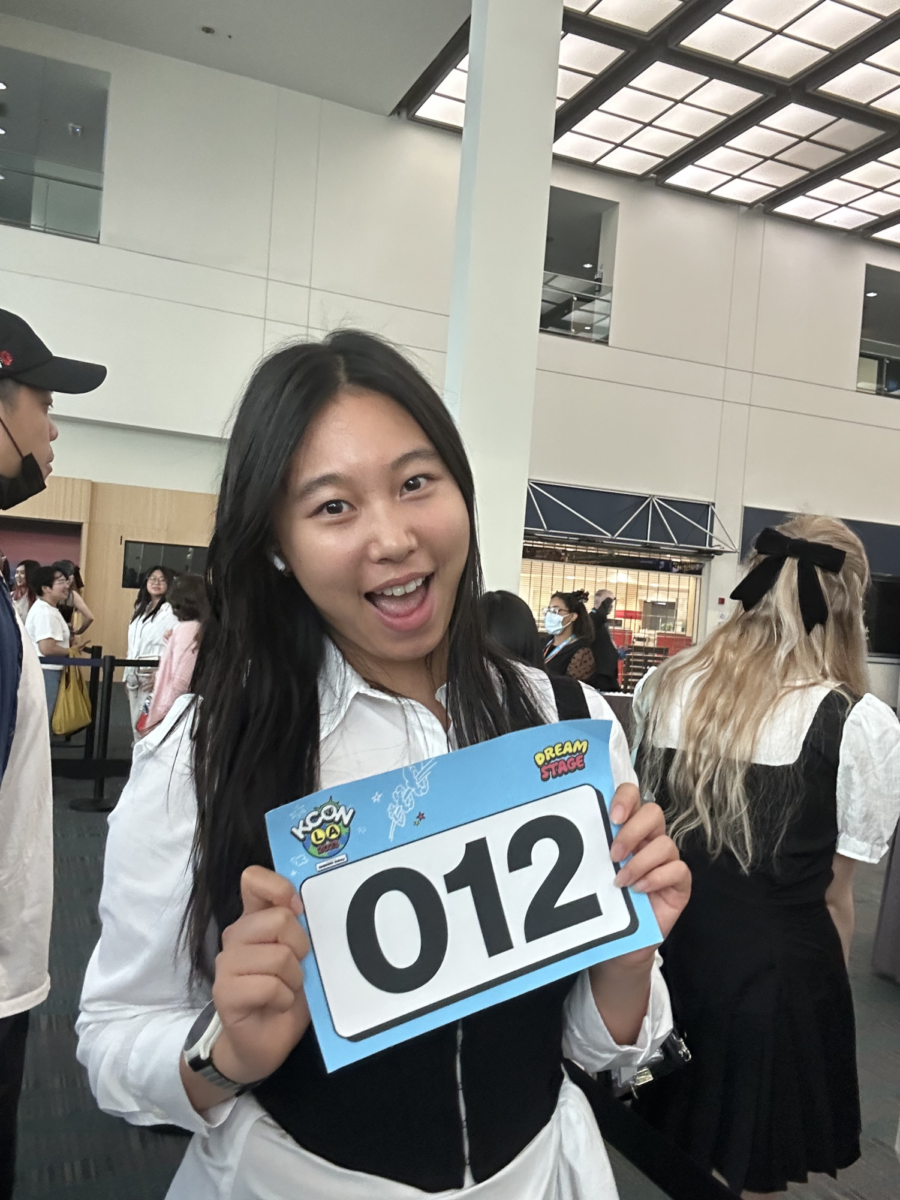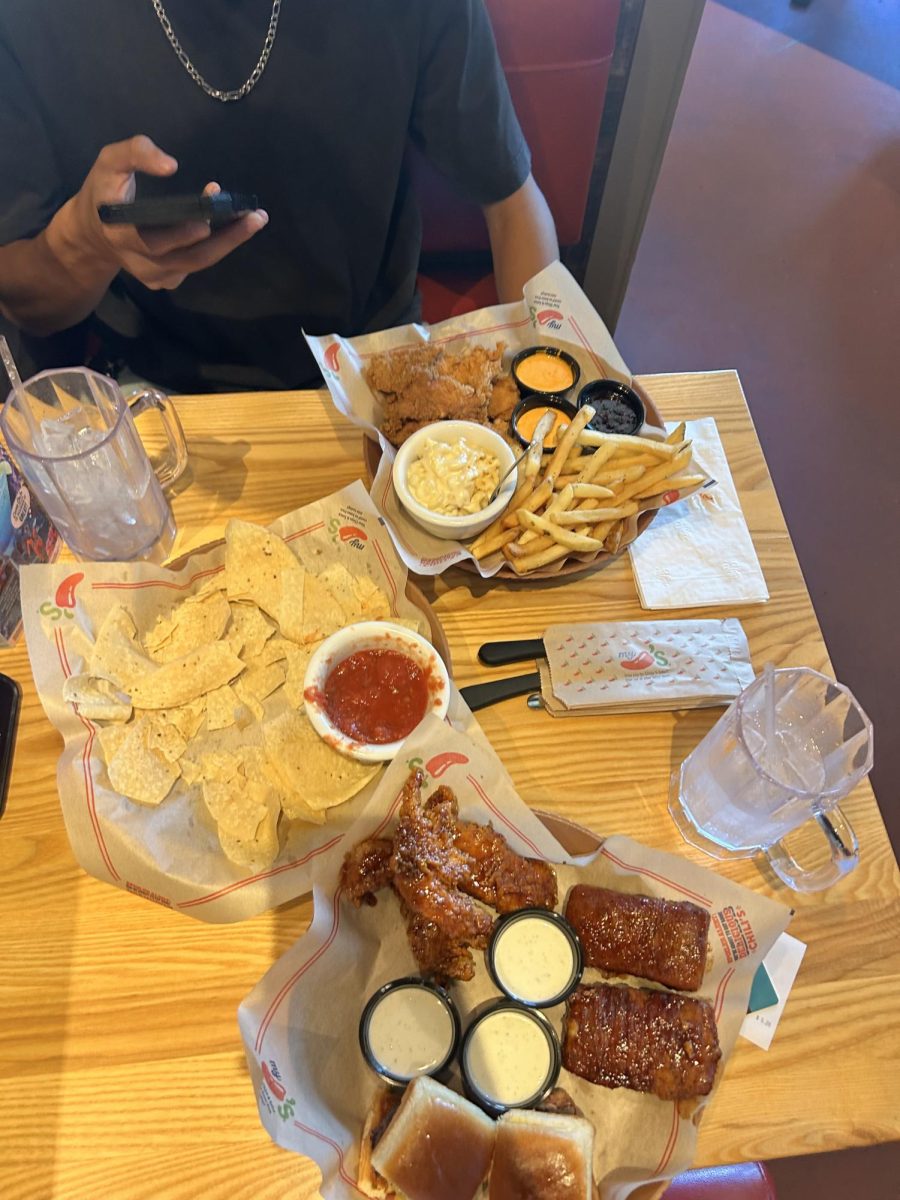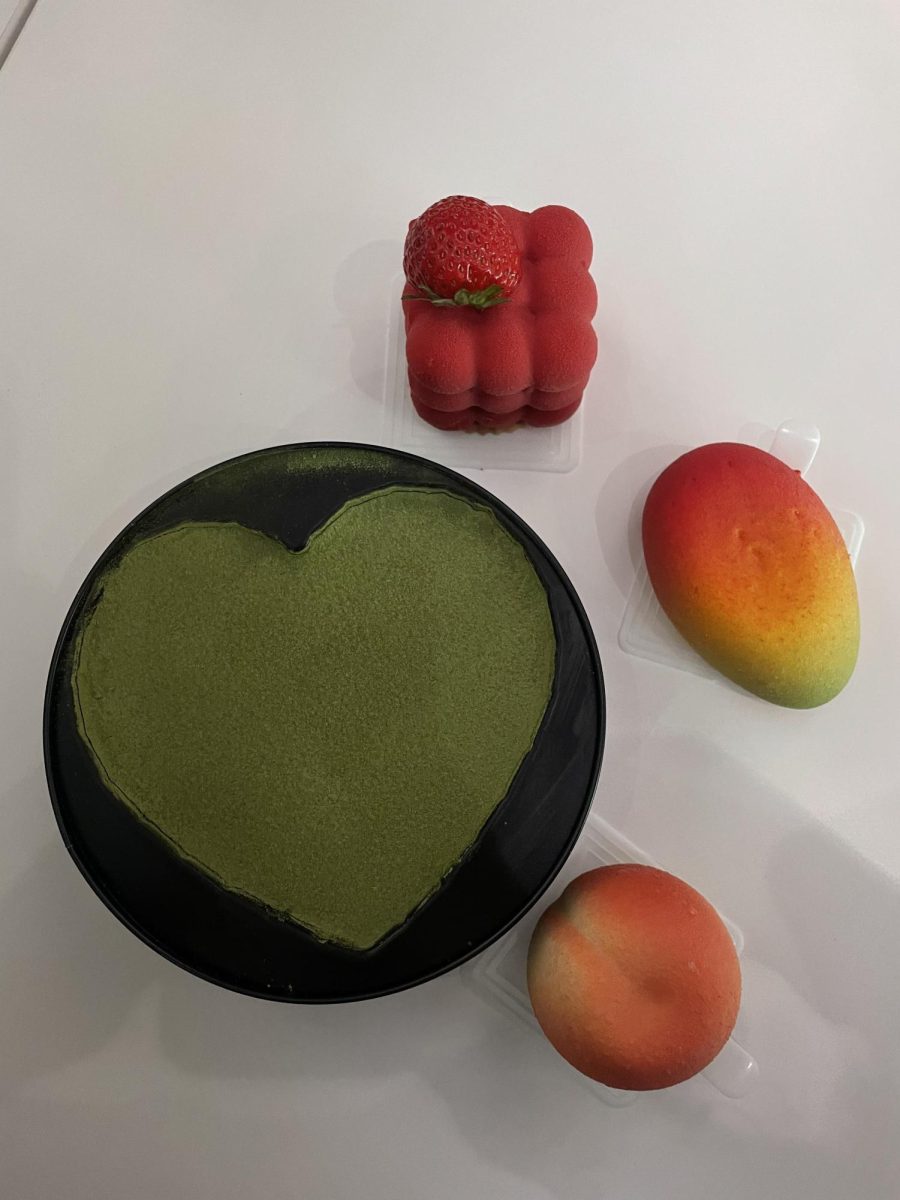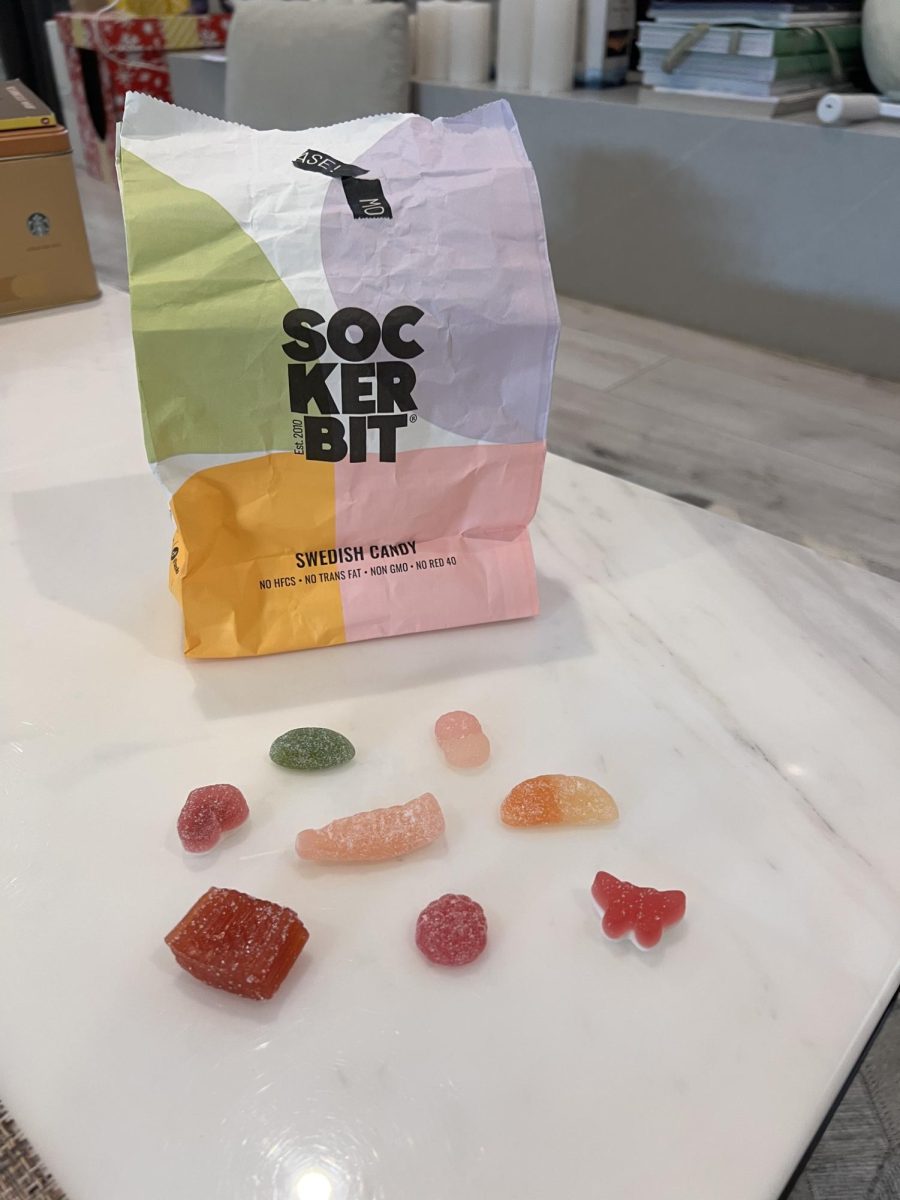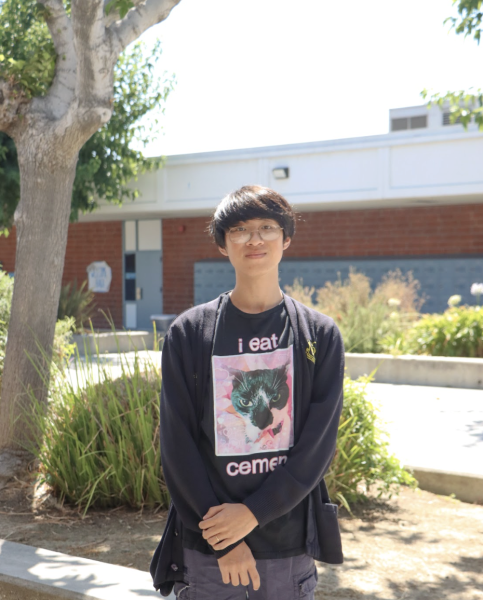Shouting along to your favorite song until your voice is hoarse is pretty much a given at concerts, and it isn’t any different for fans who don’t speak the artist’s language. At the 2023 L.A. KCON, WHS students sang to their heart’s content to popular K-pop bands like Stray Kids and IVE.
The main KCON convention took place at the Los Angeles Convention Center and shows were played at the Crypto.com Arena. It was open to the public from August 18-20 and prices ranged from $30 for a basic convention ticket and $500 for the most exclusive access.
The convention included stalls that were selling things from authentic Korean food to official merchandise from bands like photo cards and light sticks.
Other events at the convention included live performances from musicians and the KCON DREAM STAGE, where audience members had the opportunity to be a backup dancer for their favorite bands. In order to dance with them however, the audience member needed to win KCON’s very own dance competition.
“It [isn’t always] about the music,” junior Chloe Liao said. “Although it is still very good and worth listening to, the members and meanings behind the songs are also what makes listening [and] watching K-pop artists more enjoyable.”
K-pop began in the 1990’s with a boy band called Seo Taiji and Boys. When the lead singer, Seo Taiji, combined Korean music with elements of American pop and hip-hop dancing, K-pop was officially created. The big splash that popularized K-pop in the United States was the release of “Gangnam Style” by PSY in 2012. It became a viral sensation because the tune was catchy and the dancing was hypnotic.
K-pop is organized into generations which are typically categorized into four main sections, each being the first, second, third and fourth generations. The first generation included music from the 1990’s to the 2000’s, second from the 2000’s to the 2010’s, third from the 2010 to 2016 and the fourth with the world’s current K-pop bands.
The first generation contains the first recognized K-pop idol group, H.O.T, as they were made up of trained artists. The following generation began under a boy band called g.o.d (Groove Over Dose) which heavily influenced the future of K-pop in South Korea and eventually, the U.S. After that came the third generation which paved the way for the fourth generation with bands like SISTAR helping influence current ones like Stray Kids.
K-pop’s growth continues at an exponential rate online through apps like TikTok. In addition to that, K-pop has begun its involvement with American award shows and collaborations with large international brands. For example, Louis Vuitton have signed BTS as ambassadors for the brand.
As K-pop is beginning to become more recognized in mainstream media, its influence is a global craze that combines many art forms and sets a precedent for other genres.

